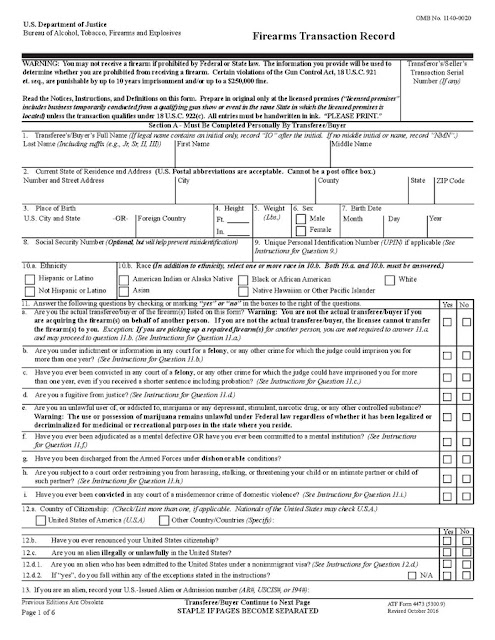Roy Hauser, who designed the Conception and commissioned its construction in 1981, suggested another. He said he thought, based in part on footage he viewed of the wood-hulled boat being ravaged by fire, that the blaze started in the bunk area and spread so rapidly that the 34 people there could not get out.LA Times "One of the crew members aboard the dive boat Conception hadn’t been asleep long when a noise jolted him awake.
"He swung open the door of the wheelhouse — the top level of the 75-foot boat, located just above the galley — and was greeted by flames.
"As the fire raged in the predawn hours of Labor Day, the vessel’s captain made a frantic mayday call to the Coast Guard. Then he and four crew members jumped from the wheelhouse and climbed into a dinghy to get help from the Grape Escape, a fishing boat anchored nearby off Santa Cruz Island.
"Once aboard, the crew member who had been jolted awake shook as he recounted the horrific story to Grape Escape owner Shirley Hansen. His theory, Hansen said, was that the fire started in the galley, where cellphones and cameras had been plugged in to charge overnight.
" 'The impression I got was that the fire was already too big to do anything,” Hansen said in an interview Wednesday.
"The cause of the fire, which killed 34 people, is now the subject of an intensive investigation by the National Transportation Safety Board, the U.S. Coast Guard and other federal and county agencies. Investigators are trying to determine where and how it started." . . .
2014: How dangerous are phone chargers?
For example, if a product is charged on a flammable surface, that increases the chance of a fire spreading.Is it possible for a charger to catch fire when it is plugged into the wall but not charging anything?
The majority of electronics stay plugged in all the time. Jimmy Carter was ranting about this in the 70's. They do not cause a lot of fires spontaneously. The number isn't zero, but neither is the number of people struck by lightning.A Calgary man found out first-hand how charging cell phones and other devices can pose a fire hazard. . . .
- Locate your battery recharging station in a safe area, such as a tabletop clear of any other objects – never near anything flammable. Be careful not to overload any power bars or outlets.
- Whenever possible, recharge batteries while you are present in the home. Have a working smoke detector in the room where the batteries are being recharged, and make sure a fire extinguisher is nearby if needed.
- Shut off battery-powered devices, such as laptops and tablet computers, when they are not in use
- Do not leave laptops, tablets, cellphones or similar devices unattended on couches or beds, or in other areas where they may overheat and come into contact with potentially flammable materials. Ensure good air circulation around devices at all times.
10 tips to keep your phone from overheating
5 tips on how to stop your phone from overheating:
- Avoid direct sunlight to your phone. The easiest way to prevent overheating is to keep your phone out of the sun. Your phone catches light and heat from the sun and retains it, getting hotter the longer it remains in sunlight and heat.
- Turn off unused apps on your phone. Open, unused apps running in the background cause your phone to work harder, which in turn causes it to heat up. The solution is super simple – on an iPhone, for example, all you have to do is press your home button twice and swipe the apps away. Bonus: this will also increase your phone’s battery life.
- Avoid turning your screen brightness up. Just the same as running background apps, turning your brightness up will force your battery to work harder and create more heat. Instead, look for an anti-glare cover for your device. This low cost solution can help you see your screen in the sun.
- Turn your phone to airplane mode. Airplane mode allows you to continue to use basic functions on your phone, but turns off other non-essentials that can take a toll on your battery.
- Take your case off. If your phone is overheating, your case isn’t helping. Taking the case off will allow the phone’s heat vents to do their job fully without being blocked, allowing your phone to cool down quicker.














